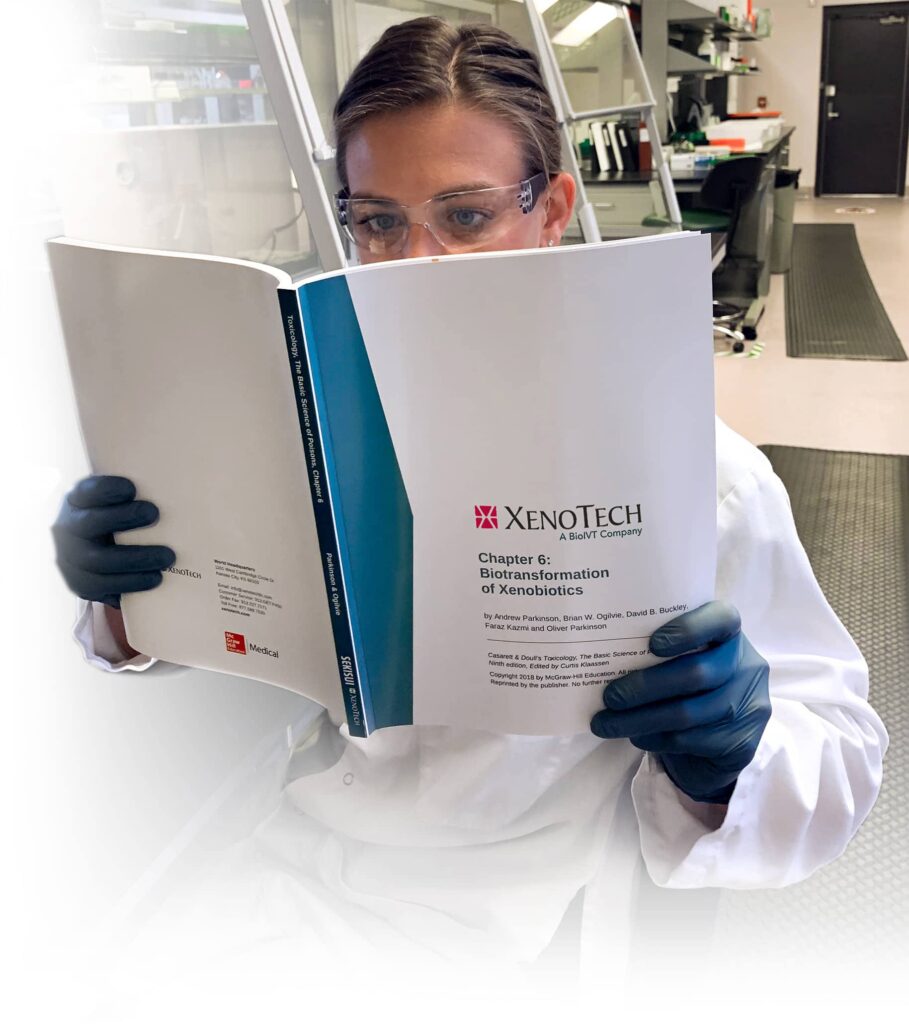
Midazolam clearance in human hepatocytes is restricted compared with human liver microsomes but not by cell permeability or cofactor availability
Full Title
Midazolam clearance in human hepatocytes is restricted compared with human liver microsomes but not by cell permeability or cofactor availability
Abstract
In our previous work (see accompanying poster) we confirmed previous reports that the clearance of midazolam, but not dextromethorphan, in cryopreserved human hepatocytes (n = 50) was an order of magnitude less than that in pooled human liver microsomes (n = 200). We also demonstrated that this was not due to low levels or activity of CYP3A4/5 in human hepatocytes because CYP3A4/5 activity in microsomes isolated from the pooled human hepatocytes was comparable to that in pooled human liver microsomes (within 20%). Previous investigators have proposed that the restricted clearance of midazolam (and other high clearance drugs metabolized by CYP3A4) in hepatocytes may be due a limitation imposed by membrane permeability or the availability of cofactor (NADPH); two factors that would not impact midazolam clearance by human liver microsomes. In the present study, we investigated if these factors were involved in the greatly reduced clearance of midazolam in human hepatocytes relative to human liver microsomes. Furthermore, the influence of ionic strength on CYP3A4/5 activity was also investigated, and was identified as a potential cause for the observed differences in CYP3A4/5 activity in microsomes versus hepatocytes.
This poster was presented at the annual ISSX meeting in 2013.